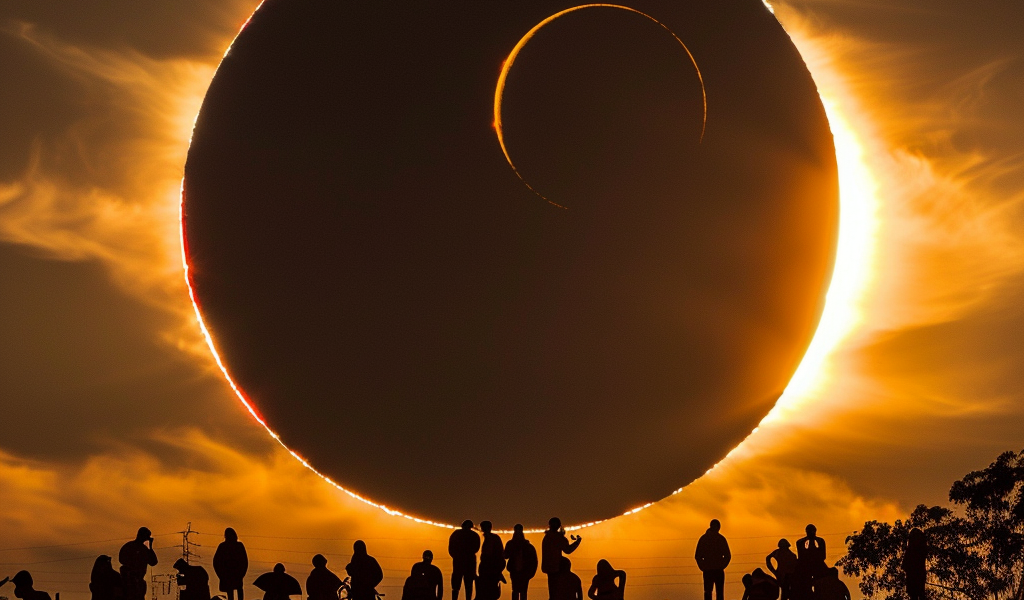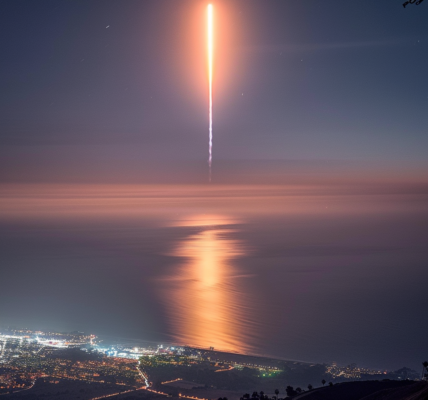On Monday, April 8, 2024, millions of Americans will have the opportunity to witness a rare celestial event – the total solar eclipse. This will be the first total solar eclipse to pass through North America in seven years, and the next one visible from the contiguous U.S. will not occur until August 23, 2044, according to NASA.
The exact time of the solar eclipse will vary depending on the state and time zone, with visibility also subject to weather conditions. The eclipse will begin in Mexico at approximately 11:07 a.m. PDT, crossing into Texas at 1:27 p.m. CDT, and concluding in Maine at 3:35 p.m. EDT. Even for those not in the path of totality, a partial eclipse may still be visible.
To find out the specific timing of the eclipse in your area, you can use USA TODAY’s database to search by zip code for a viewing guide. This will provide information on the time, duration, peak, and percentage of the eclipse visible in your location.
For those in the path of totality, here are the major cities in each state where the total solar eclipse will be experienced:
- Dallas, Texas: 1:40-1:44 p.m. CDT
- Idabel, Oklahoma: 1:45-1:49 p.m. CDT
- Little Rock, Arkansas: 1:51-1:54 p.m. CDT
- Poplar Bluff, Missouri: 1:56-2:00 p.m. CDT
- Paducah, Kentucky: 2:00-2:02 p.m. CDT
- Carbondale, Illinois: 1:59-2:03 p.m. CDT
- Evansville, Indiana: 2:02-2:05 p.m. CDT
- Cleveland, Ohio: 3:13-3:17 p.m. EDT
- Erie, Pennsylvania: 3:16-3:20 p.m. EDT
- Buffalo, New York: 3:18-3:22 p.m. EDT
- Burlington, Vermont: 3:26-3:29 p.m. EDT
- Lancaster, New Hampshire: 3:27-3:30 p.m. EDT
- Caribou, Maine: 3:32-3:34 p.m. EDT
The path of totality, approximately 115 miles wide, will extend northeast, crossing through 13 states before ending in Maine. Major cities along the path of totality include San Antonio and Austin, Texas; Indianapolis; and Rochester and Syracuse, New York.
Whether experiencing the eclipse from home or traveling to witness it in person, it’s a celestial event not to be missed. Mark your calendars and prepare to witness the awe-inspiring 2024 solar eclipse!





